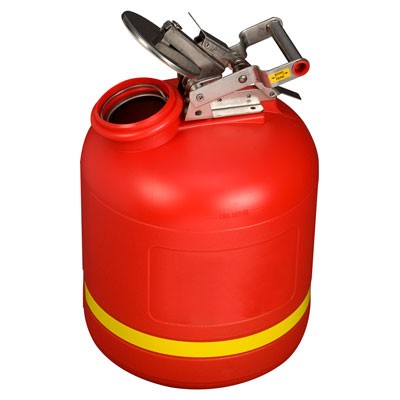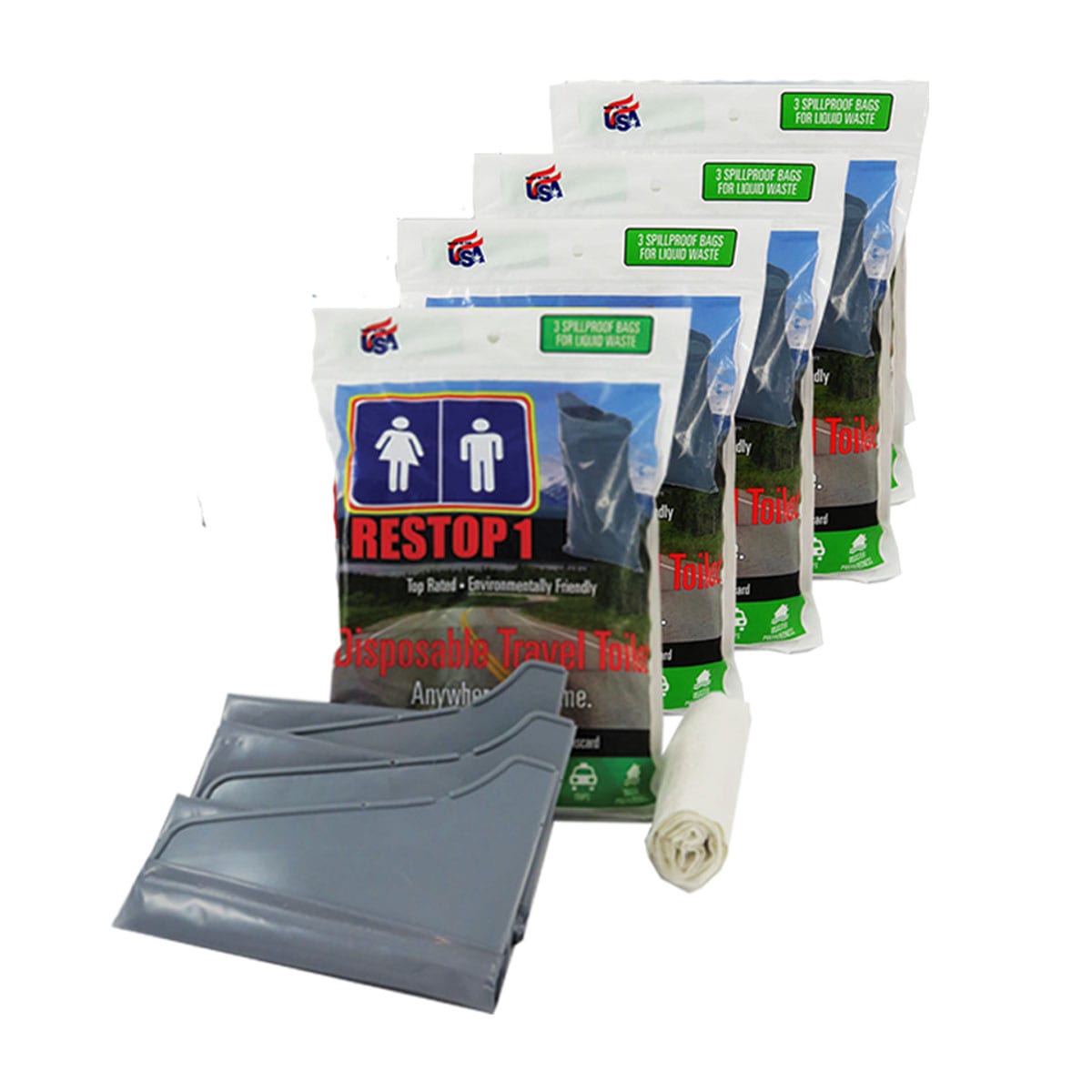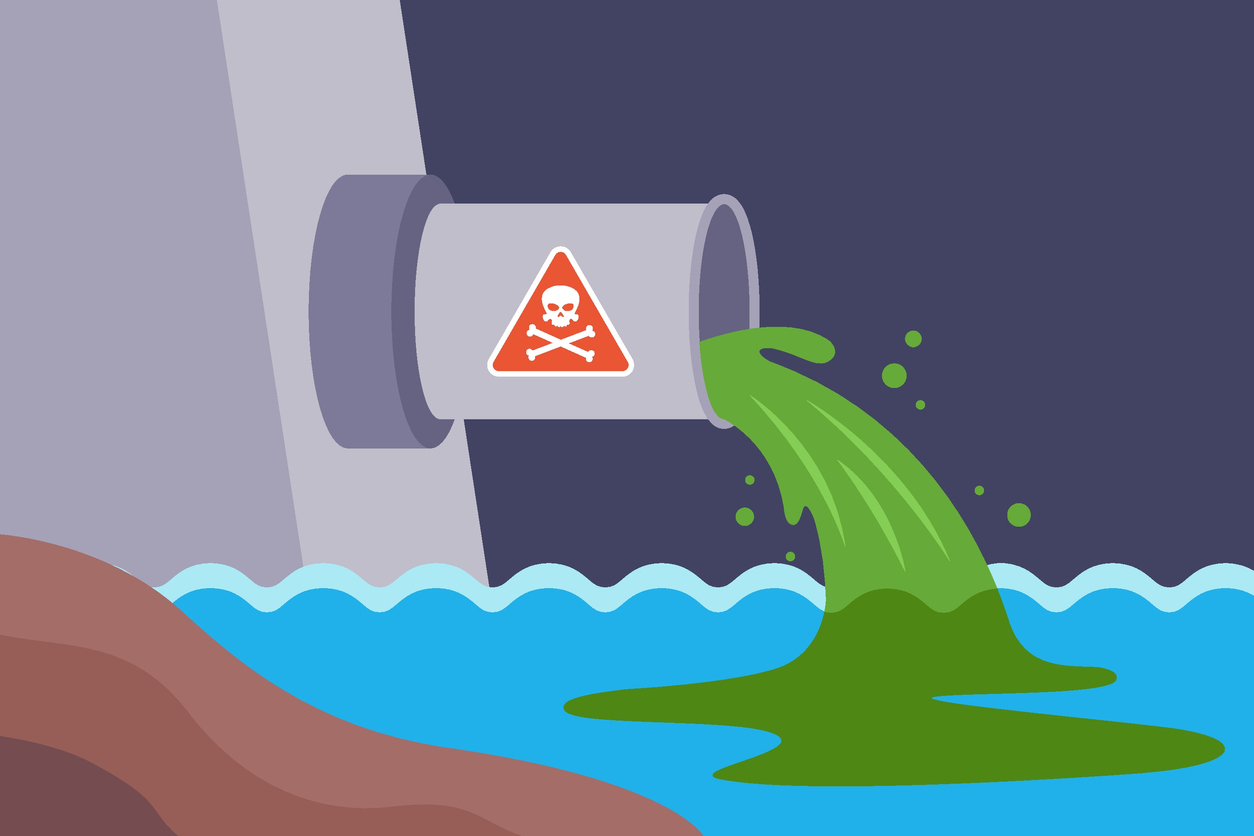Industrial Wastewater Treatment: Custom Solutions for Facility Wastewater Difficulties
Industrial Wastewater Treatment: Custom Solutions for Facility Wastewater Difficulties
Blog Article
Exactly How Liquid Waste Disposal Works: A Detailed Summary of Methods and Technologies Utilized

Introduction of Fluid Waste Kind
The complexity of liquid waste types demands a detailed understanding of their qualities and implications for disposal. Liquid waste can extensively be classified into a number of kinds, including industrial, community, farming, and contaminated materials. Each classification shows unique properties, requiring specific monitoring techniques to mitigate environmental and wellness threats.
Industrial fluid waste stems from manufacturing processes and typically contains a variety of contaminants, such as hefty steels, solvents, and natural compounds. Community fluid waste, mainly comprising wastewater from families and business establishments, consists of organic matter, nutrients, and pathogens (industrial wastewater treatment). Agricultural fluid waste, consisting of overflow from farms, might consist of fertilizers, chemicals, and pet waste, posturing dangers to water quality and ecological communities
Dangerous fluid waste is characterized by its toxicity, sensitivity, or possible to trigger injury. This category includes materials like acids, bases, and specific chemicals that necessitate rigorous handling and disposal methods. Understanding these diverse liquid waste kinds is important for developing efficient disposal techniques and making certain compliance with ecological regulations. Proper classification and characterization are necessary for implementing proper therapy techniques and minimizing the unfavorable influence on public wellness and the environment.
Physical Treatment Techniques

Screening is the first action, where bigger particles and particles are eliminated from the fluid waste making use of screens or grates. This procedure safeguards downstream devices from damages and makes sure smoother procedure. Complying with testing, sedimentation makes use of gravitational force to different solids from fluids. In sedimentation tanks, heavier particles clear up at the bottom, developing a sludge layer, while the clarified liquid can be further dealt with.
Purification is an additional essential approach that entails passing the fluid via porous products, such as sand or membranes, to capture smaller sized bits. This action enhances the high quality of the liquid, making it appropriate for succeeding treatment processes.

Chemical Treatment Methods
Chemical treatment methods are crucial for efficiently handling liquid waste, particularly in attending to dissolved and colloidal pollutants that physical approaches may not sufficiently eliminate. These techniques use different chemical representatives to neutralize, speed up, or transform hazardous substances right into much less damaging forms.
One usual approach is coagulation and flocculation, where chemicals such as alum or ferric chloride are included to advertise the gathering of suspended particles. This process improves sedimentation, allowing for simpler removal of the resulting sludge. In addition, oxidation processes, utilizing agents like chlorine or ozone, are utilized to break down intricate organic compounds and microorganisms, rendering the waste safer for discharge or further therapy.
Neutralization is another critical strategy, which readjusts the pH of acidic or alkaline waste streams to neutral levels, avoiding prospective harm to downstream systems and the environment. Additionally, progressed oxidation procedures (AOPs) use combinations of oxidants and ultraviolet light to break down persistent contaminants, attaining a greater level of treatment efficiency.
Biological Treatment Processes
Biological treatment procedures play an essential role in the administration of fluid waste by using microorganisms to disintegrate natural matter and minimize pollutant degrees. These processes can be extensively categorized right into anaerobic and cardio therapies, each using details microbial neighborhoods to achieve efficient waste degradation.
Aerobic treatment entails using oxygen to facilitate the break down of organic products by microorganisms. This procedure is commonly applied in activated sludge systems, where aeration containers provide a helpful setting for microbial development, resulting in the oxidation of natural toxins. The resultant biomass can be separated special info from dealt with effluent via sedimentation.
On the other hand, anaerobic therapy takes place in the lack of oxygen, relying upon different microorganisms to damage down natural issue. This technique is specifically advantageous for high-strength waste, as it produces biogas, a renewable resource resource, while minimizing sludge manufacturing. Technologies such as anaerobic digesters are regularly employed best site in community and commercial applications.
Both cardio and anaerobic organic therapies not only minimize the ecological influence of liquid waste however additionally facilitate resource recuperation, making them necessary elements of sustainable waste administration approaches. Their effectiveness, adaptability, and efficiency sustain their widespread implementation across various markets.
Emerging Technologies in Disposal
Innovative approaches to liquid garbage disposal are quickly advancing, driven by innovations in innovation and an enhancing focus on sustainability. Among these emerging modern technologies, membrane bioreactors (MBRs) have actually gotten traction for their capacity to incorporate biological therapy with membrane filtration, resulting in top notch effluent that can be reused in different applications. MBRs allow smaller sized footprints and extra efficient operations compared to conventional systems.
One more appealing development is the usage of anaerobic digestion incorporated with nutrient recuperation innovations, which not just deals with liquid waste however likewise produces biogas and recovers valuable nutrients like nitrogen and phosphorus. This double benefit boosts resource efficiency and reduces environmental impact.
Additionally, progressed oxidation processes (AOPs) are being embraced for the destruction of complicated organic pollutants. These techniques use powerful oxidants and drivers to damage down pollutants at the molecular degree, providing an extremely reliable solution for difficult waste streams.
Moreover, the assimilation of expert system and maker understanding in waste monitoring systems is maximizing operational performance and anticipating maintenance, resulting in reduced costs and enhanced environmental conformity. These modern technologies reflect a substantial change in the direction of even more efficient and lasting liquid waste disposal techniques.
Final Thought
In verdict, efficient liquid waste disposal necessitates you can try here a thorough understanding of different strategies and innovations. By constantly advancing these methodologies, it becomes feasible to deal with the expanding obstacles connected with liquid waste, ultimately adding to ecological defense and source recovery.
Liquid waste disposal is an essential aspect of ecological monitoring, calling for a detailed understanding of various strategies and technologies tailored to various waste kinds. Fluid waste can generally be categorized right into numerous types, including industrial, municipal, farming, and unsafe waste. Agricultural fluid waste, including overflow from ranches, may contain plant foods, chemicals, and pet waste, presenting threats to water high quality and communities.
Different physical treatment methods play a vital role in handling fluid waste properly - industrial wastewater treatment.In conclusion, effective liquid waste disposal requires a comprehensive understanding of various strategies and innovations
Report this page